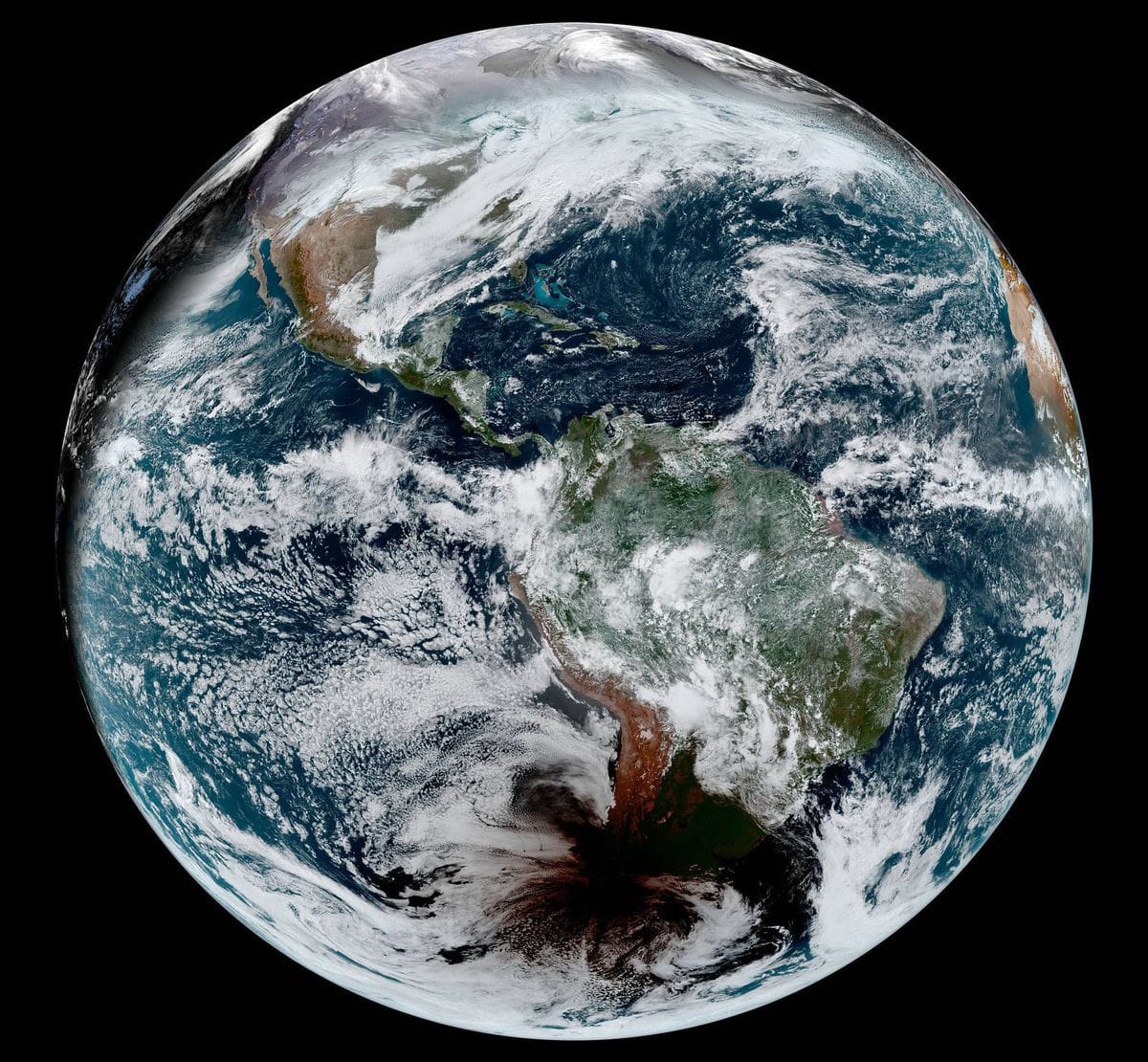The James Webb Space Telescope (JWST), a flagship mission of NASA, has made significant strides in the field of astrophysics since its launch. One of its most remarkable achievements is the detailed observation of interstellar dust and gas, which are fundamental components of the universe. These materials are not merely cosmic debris; they are essential for the formation of stars and planets, and they influence the chemical evolution of galaxies.
Interstellar dust and gas exist in vast clouds throughout the universe, often referred to as molecular clouds. These clouds are dense regions of gas and dust where new stars are born. The JWST’s advanced instruments allow astronomers to peer into these clouds with unprecedented clarity, revealing the intricate layers and structures that were previously obscured from view. The telescope’s ability to observe in the infrared spectrum is particularly advantageous, as it can penetrate the thick layers of dust that often obscure visible light.
One of the key findings from the JWST’s observations is the identification of various types of dust grains within these clouds. These grains are composed of different materials, including silicates, carbon compounds, and ices. The diversity of dust types is crucial for understanding the chemical processes that occur in space. For instance, the presence of certain dust grains can catalyze reactions that lead to the formation of complex organic molecules, which are the building blocks of life.
Moreover, the JWST has revealed the dynamic nature of interstellar dust and gas. The telescope has captured images of shock waves and turbulence within molecular clouds, illustrating how these forces contribute to the fragmentation of gas and dust. This fragmentation is a critical step in the star formation process, as it leads to the collapse of material under gravity, eventually resulting in the birth of new stars.
The observations made by the JWST also provide insights into the lifecycle of stars. As stars evolve, they expel material back into the interstellar medium through stellar winds and supernova explosions. This material enriches the surrounding gas and dust with heavy elements, which are essential for the formation of planets and life as we know it. By studying the intricate layers of interstellar dust and gas, astronomers can trace the history of star formation and the chemical evolution of galaxies over cosmic time.
In addition to enhancing our understanding of star formation, the JWST’s findings have implications for the study of exoplanets. The dust and gas surrounding young stars can provide clues about the conditions in which planetary systems form. By analyzing the composition of these materials, scientists can infer the potential habitability of planets that may arise from these environments.
The JWST’s observations are not only limited to our galaxy, the Milky Way. The telescope has also been able to study distant galaxies, providing a glimpse into the early universe. By examining the light from these galaxies, astronomers can learn about the conditions that existed when the universe was much younger. This research is vital for understanding the evolution of galaxies and the formation of large-scale structures in the cosmos.
The intricate layers of interstellar dust and gas are a testament to the complexity of the universe. The JWST’s ability to capture these details marks a significant advancement in our quest to understand the cosmos. As researchers continue to analyze the data collected by the telescope, they are likely to uncover even more secrets about the formation and evolution of stars, galaxies, and the universe itself.
In conclusion, NASA’s James Webb Space Telescope has opened a new chapter in astrophysics by revealing the complex structures of interstellar dust and gas. These observations not only enhance our understanding of star formation and the lifecycle of galaxies but also provide valuable insights into the conditions that may lead to the emergence of life. As the JWST continues its mission, it promises to deliver further discoveries that will deepen our knowledge of the universe and our place within it.

